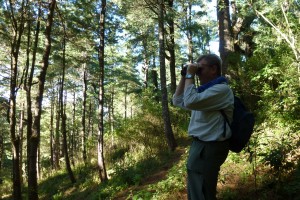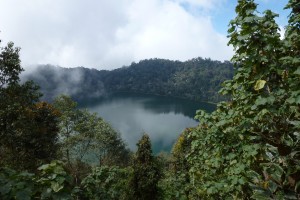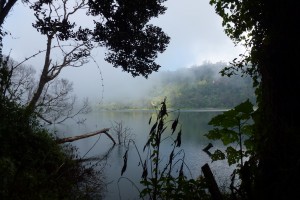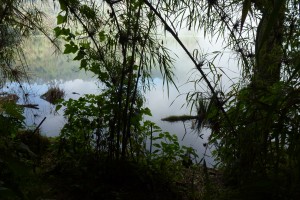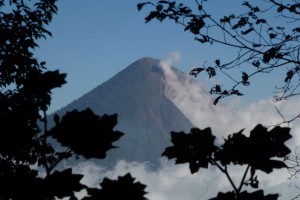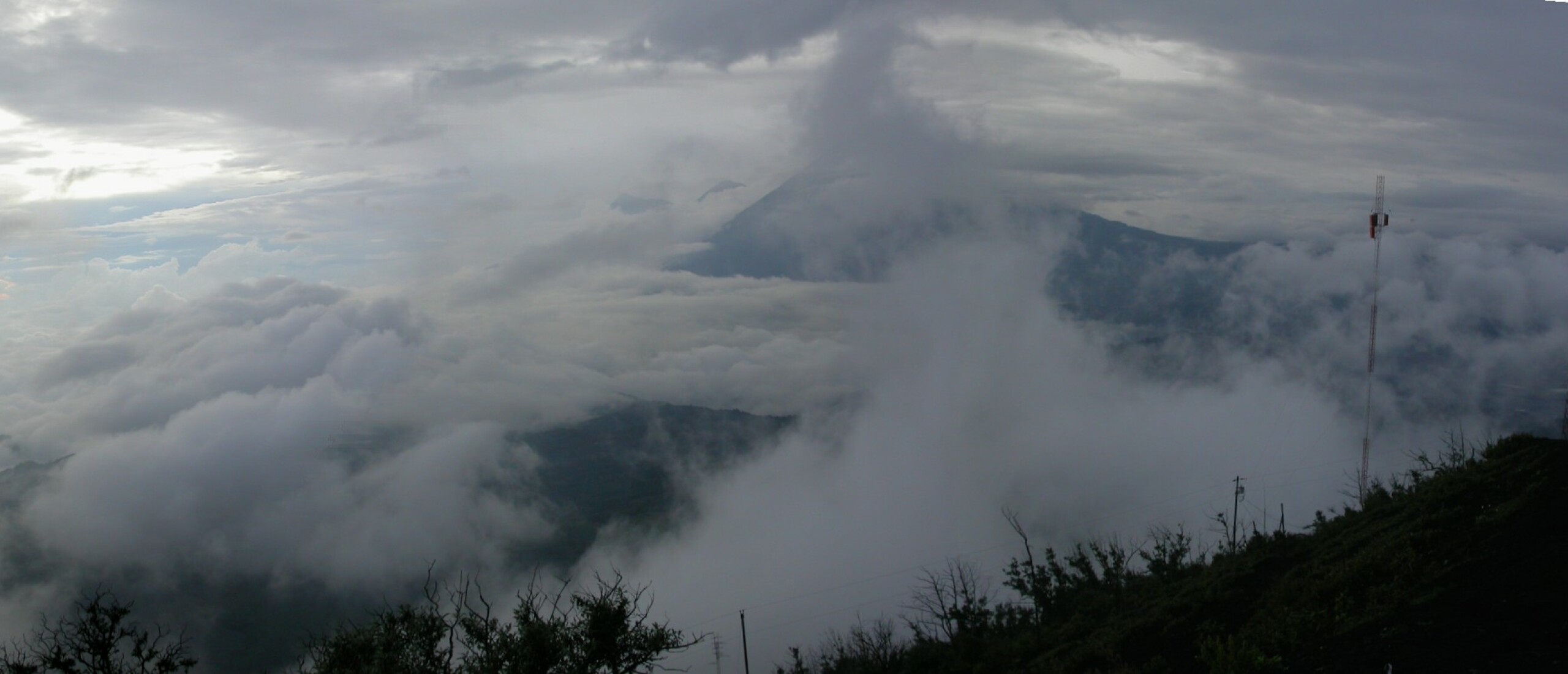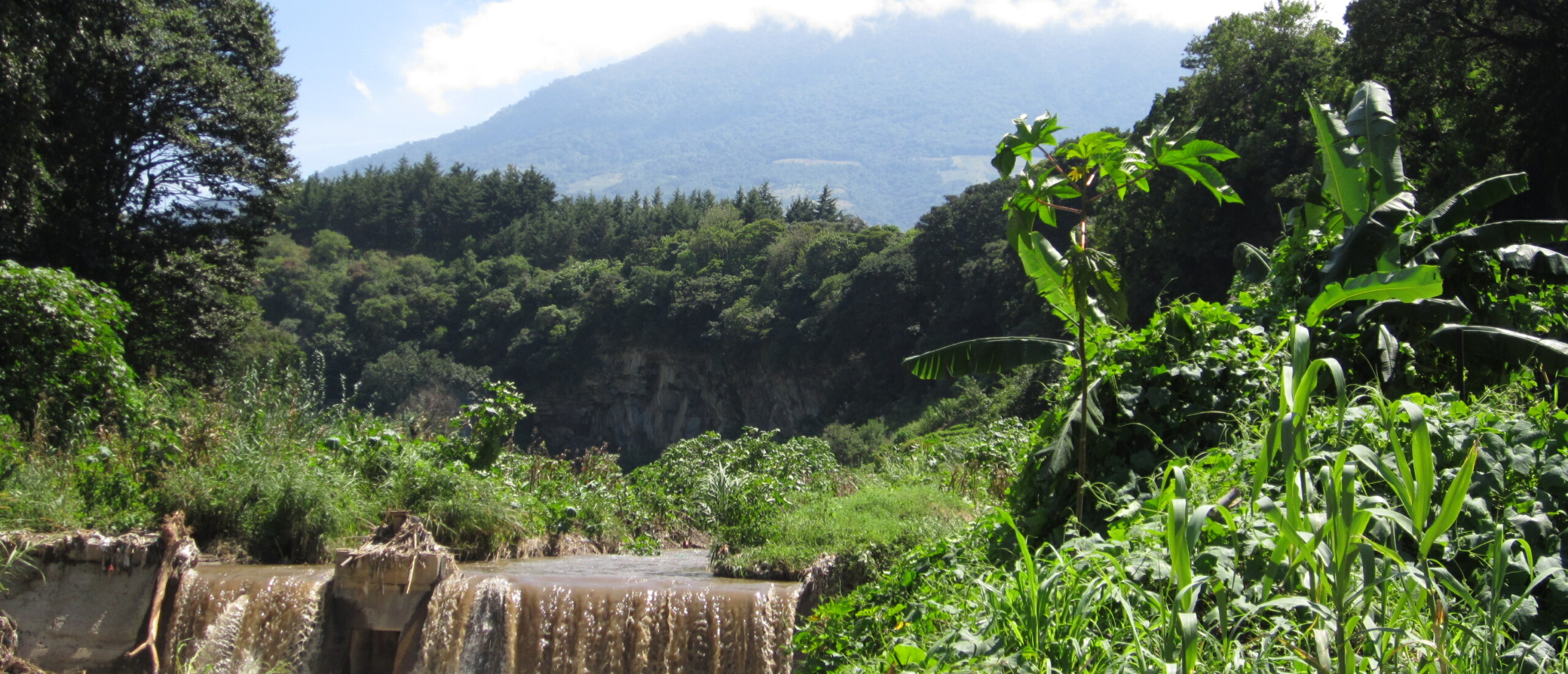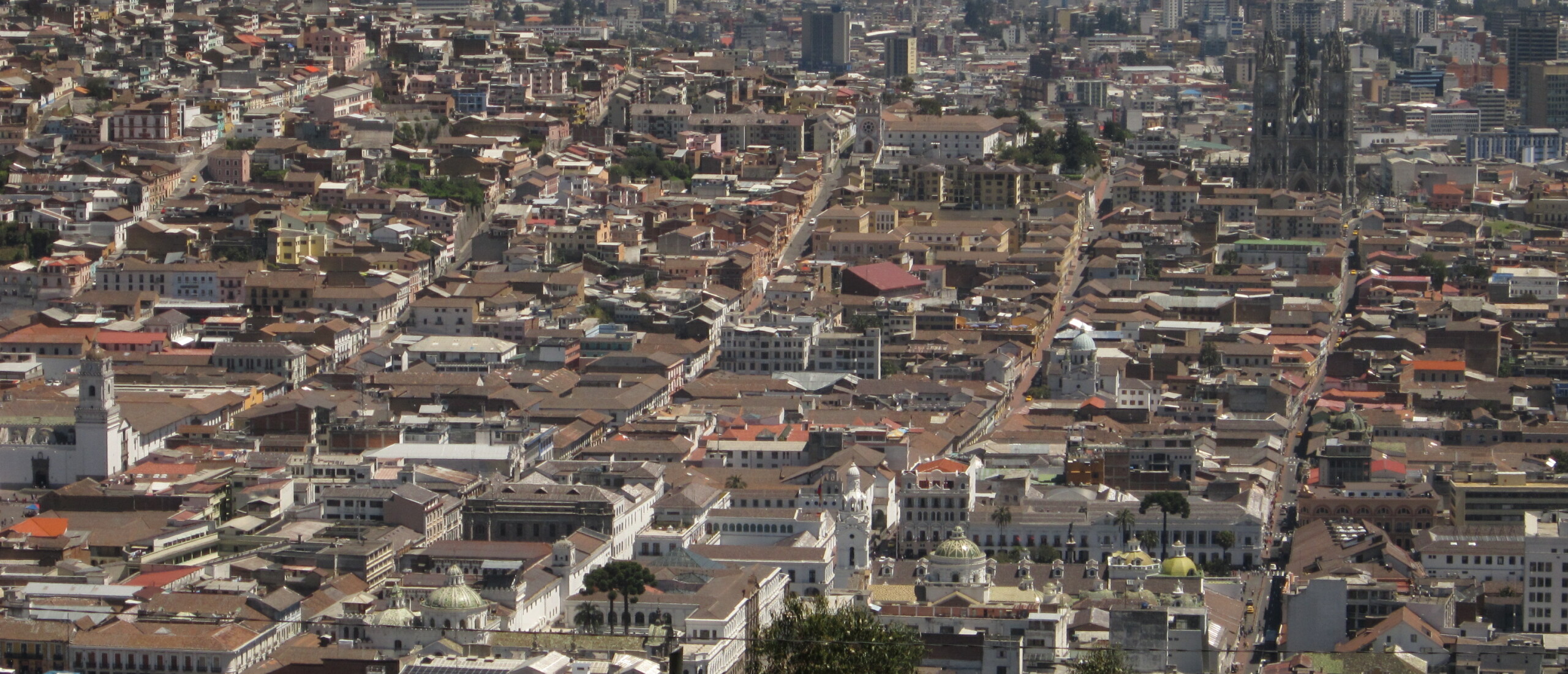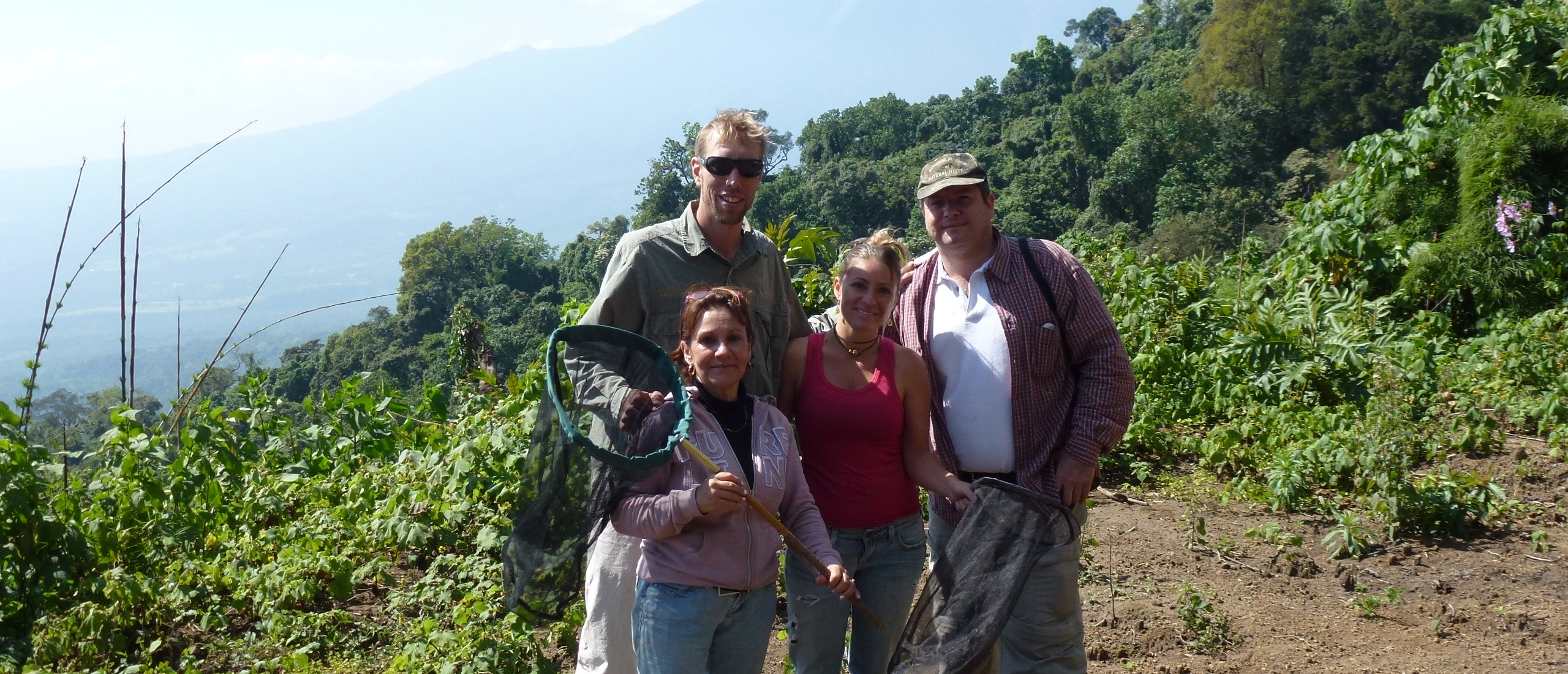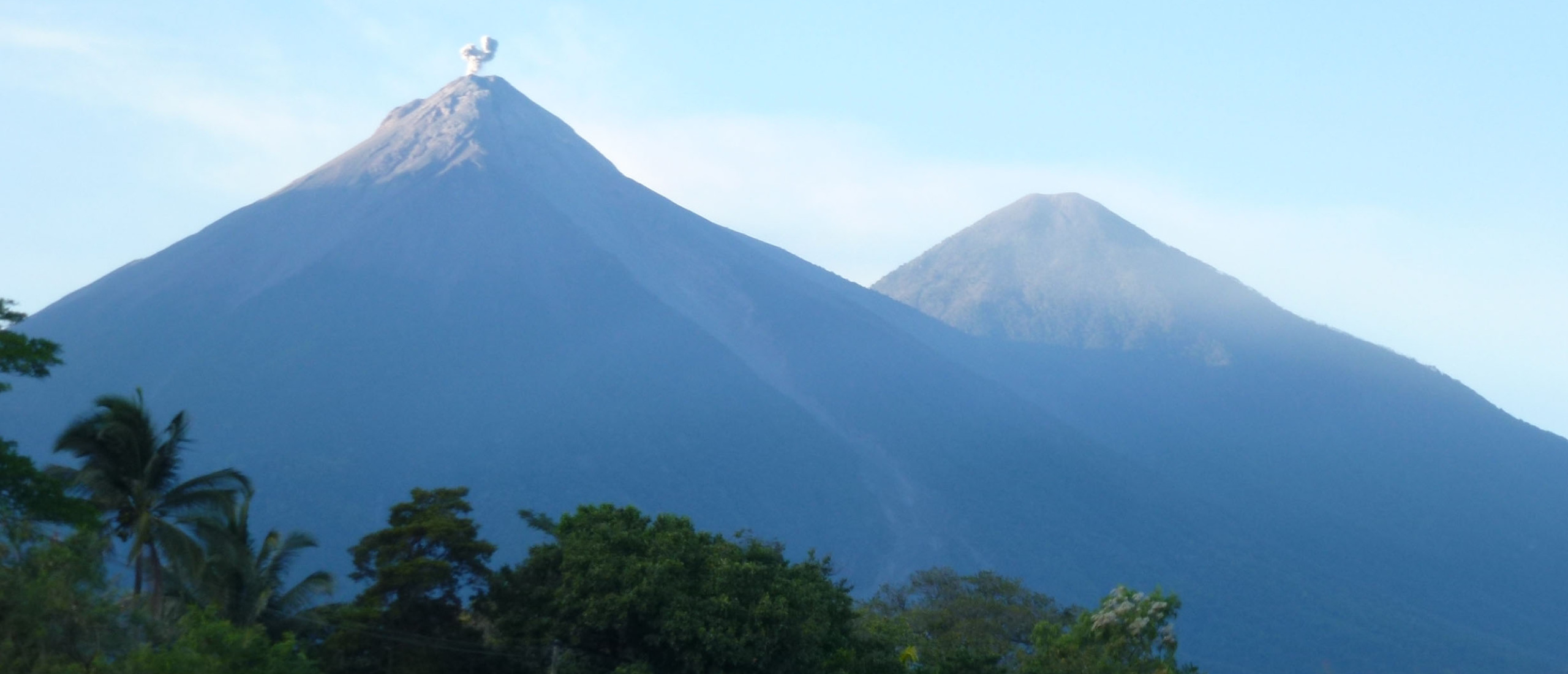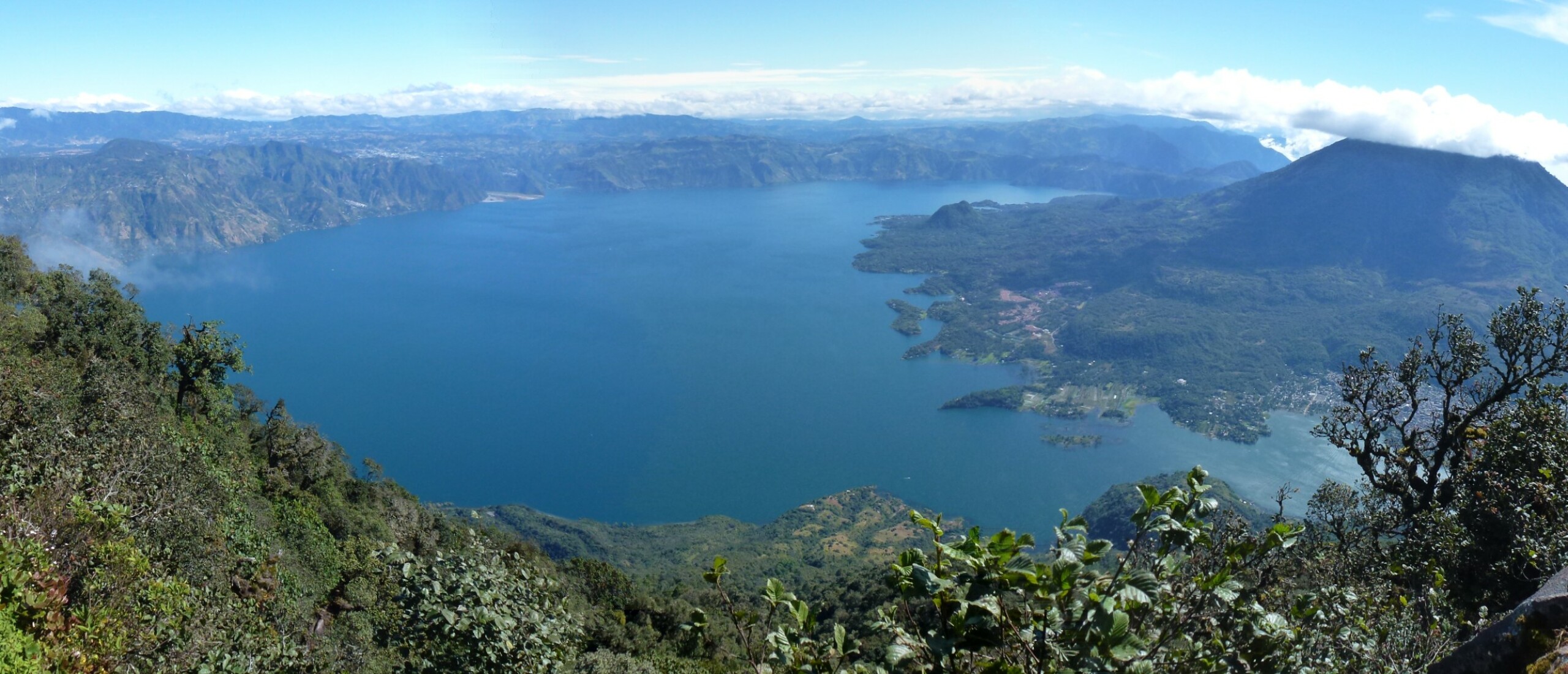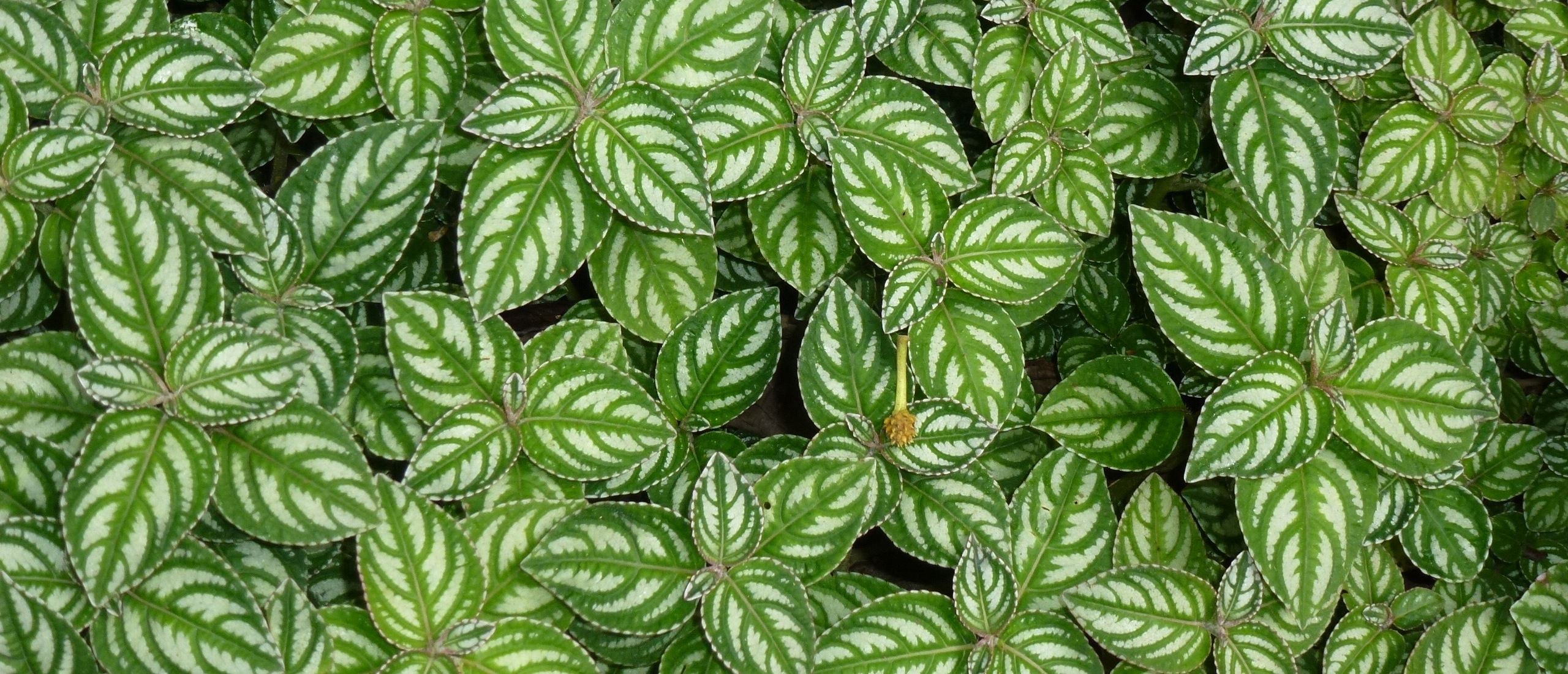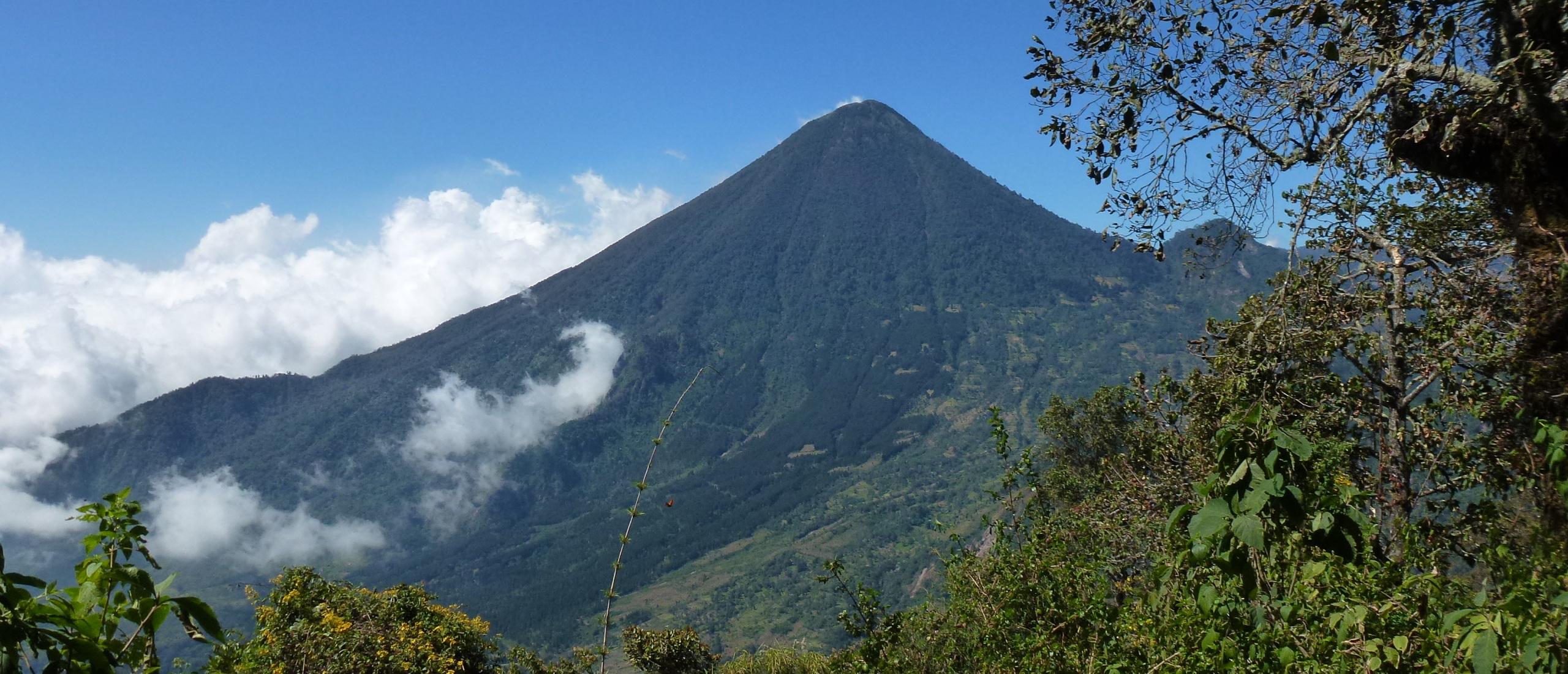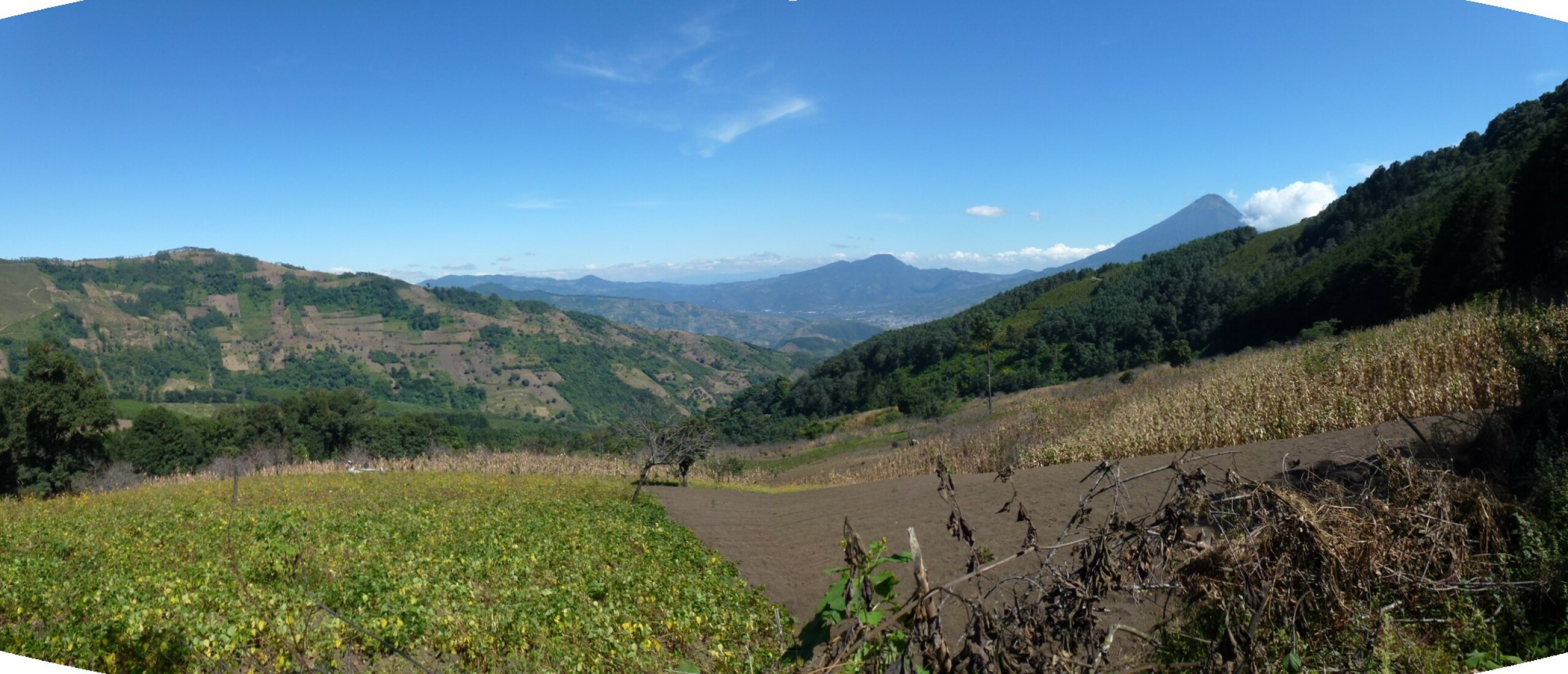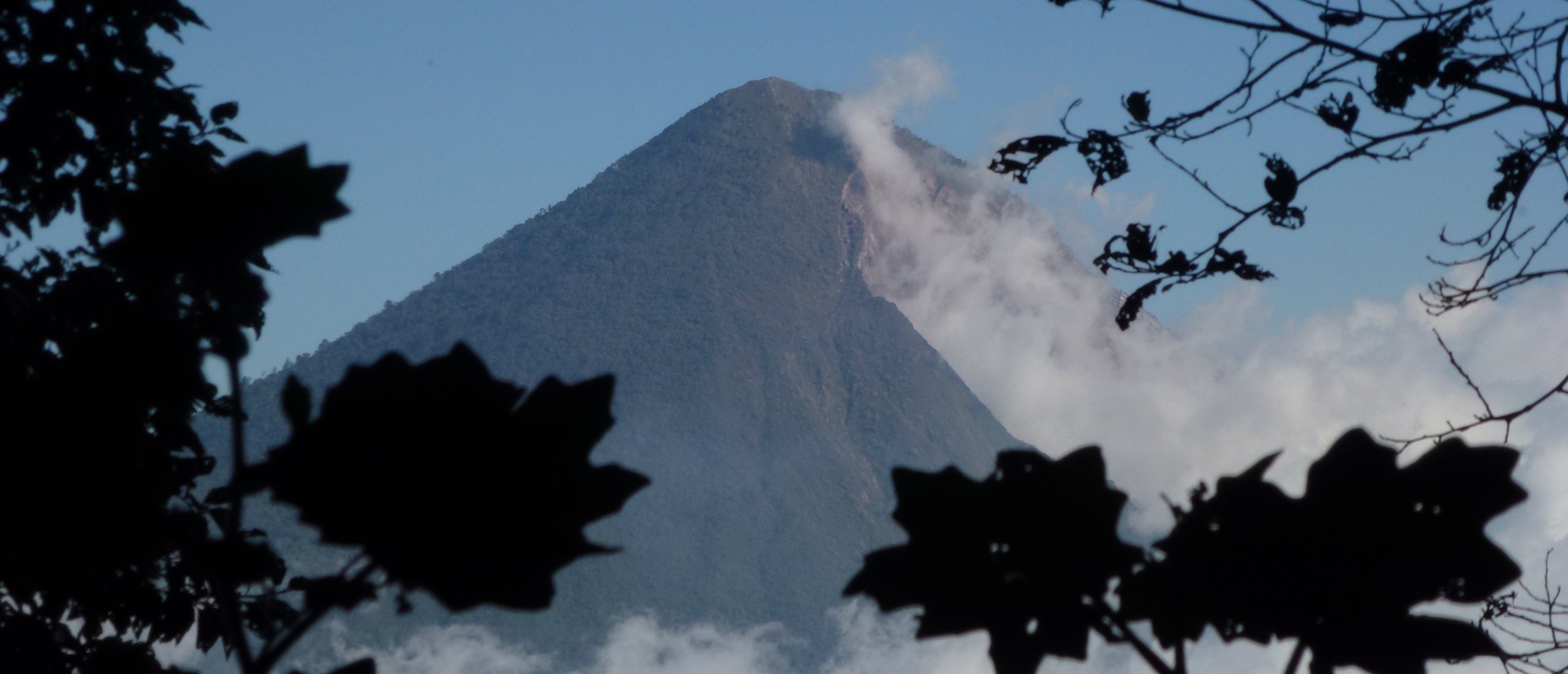
Pink-headed Warblers, Cloud-forest Monarchs, Volcanoes and a Crater Lake Tuesday 22nd November 2011 Today started with a boat trip along the shores of Lake Atitlan to Panajachel, where we rejoined our trusty Nissan Sentra, and began our journey towards the high mountain town of Totonicapan, where Luisa was sure she would be able to show me one of the World’s cutest birds, the Guatemalan near-endemic Pink-headed Warbler – it only occurs in the Mexican state of Chiapas outside this country. We headed ever westwards, climbing all the time, until we finally passed over the highest point on the Panamerican highway at the aptly named Alaska pass – almost exactly the same altitude as the summit of the Volcan San Pedro, which we had toiled up the previous day…and our legs were certainly feeling the after-effects!! The near perfect cone of the Volcan Santa Maria was showing clearly in the beautifully crisp, clear sunlight – our original plan had been to climb this peak today, but it would have killed me, coming so soon after San Pedro!
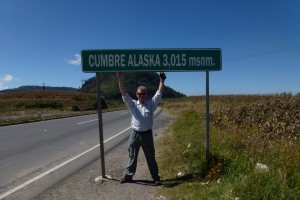 Self at the highest point on the Panamerican highway
Self at the highest point on the Panamerican highway
Finally, we turned off the main highway, and found ourselves in the bustling market town of Totonicapan, where we headed to the Casa de la Cultura, and arranged a guide for our planned visit to the magnificent high-altitude pine forests that characterise this mountainous area. The guide, Carlos, was someone with whom Luisa had worked the previous year on an eco-tourism project (who does she not know in Guate?!), and he hopped into our car for the short journey to the entrance of the forest track, where we started our hike. The pines here are quite magnificent, some individuals towering into the sky, with a rich undergrowth of bushes and wild-flowers. This type of fresh-smelling high altitude forest is something very special to me – whilst I may enjoy short spells in lowland tropical forest, I feel far more at home here, away from sweat, biting insects and humidity. And it is not only to me that these forests are so important – as well as providing a safe and pure water supply to the people living hereabouts, they are also home to several highly localised species of birds, plants and insects, one of which was our target bird for this afternoon, the Pink-headed Warbler.
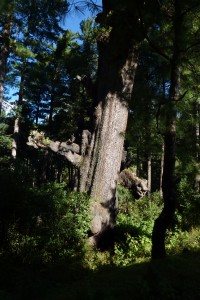 A forest giant, but burnt at the bottom
A forest giant, but burnt at the bottom
At first there was no sign of the Warbler, but I was thrilled to hear, and then see a flock of Crossbills feeding on the cones high in the trees. Crossbills occur right round the Northern Hemisphere, and in just a few high places they are to be found further south, including the Philippines, Taiwan, and here in Guatemala. Some authorities believe that the Crossbill should be split into up to twenty different species, based on their vocalisations. I find this argument totally ridiculous – if humans were split up into different species based on language, dialect or accent, I would be a different species to every person I have met here in Central America!
After a while, we turned off the track into the forest itself, and it was not long before we started to hear the “chip” calls of warblers….and suddenly we were amongst a flock of the almost impossibly cute little Pink-headeds, which responded actively to me “pishing” (making a pish pish sound which small birds tend to be curious about). We admired these little gems for some time as they gleaned their way through the bushes, before finally starting our walk back.
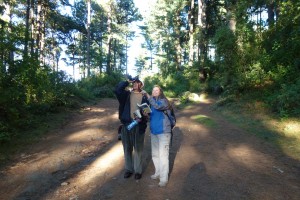 Luisa and Carlos in the forest
Luisa and Carlos in the forest
Apparently these precious forests are cared for by the local indigenous community, but if so, we saw some worrying signs. Some of the largest trees of all had been burned hollow at the base, perhaps in local Mayan religious ceremonies, and some had been severely slashed for the production of resin. My suspicion is that local people are only permitted to remove dead trees, so they quietly set about killing the trees. We could hear the constant plunk plunk of axes resounding through the trees as we walked – I can only hope that this was selective felling, for to lose these forest giants would be an incalculable loss. We finally returned to the car, dropped our excellent guide Carlos Chacla off in Totonicapan, and drove onwards to Quetzaltenango, where we crashed into our beds, both suffering from volcano after-effects in the legs, as well as a couple of heavy colds!
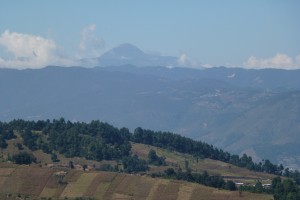 Volcan Tajumulco in the distance
Volcan Tajumulco in the distance
Wednesday 23rd November Still stiff from San Pedro two days ago, I crawled out of bed at around 07.00 AM, and met up with Luisa, whose cold was worse, and mine was really getting going – I pitied our fellow breakfast guests in the dining room! Our plan for today was to drive a short distance and then hike up to the lip of the crater of Volcan Chicabal, and then to descend and camp by the crater lake, but we decided that our colds would not appreciate another freezing night in tents, so we turned it into a day trip…and a worthy one it turned out to be! We started off out of Quetzaltenango on the road to San Marcos, and according to the map we needed to turn off at San Mateo. We asked for directions, and the two indigenous ladies we asked said we needed to continue on the main highway as far as San Juan, and then turn off for San Martin – the saints were certainly busy hereabouts!!! It turned out that their directions were pretty accurate, and we managed to find our way as far as San Martin, where we asked somebody by the side of the road how to reach the Laguna de Chicabal. This man was extremely precise, telling us we should drive over five “tumbulos” – the correct word is “tumulos” (speed bumps), and then turn off left. This we did, and we found ourselves driving up a series of super-steep roadways through an extended village. The concrete gave way to a dirt track, in places reinforced with stone, and miraculously, the Nissan Sentra (a low-slung saloon car with no four-wheel drive) made it all the way to the park entrance, where we parked up and paid our entry fee for the lake. We took the opportunity of showing our plasticated Drucina championi photographs to the warden, and asked him if he had ever seen this butterfly. He hesitated for a moment, and said that he had definitely seen it. Full of excitement, we asked him where. “Aaah, en Xela”, he said….oh dear, in Quetzaltenango….no chance whatsoever. Undaunted, we started our hike up into the woods, enjoying the beautifully clear, cool weather, and suddenly we found an impressive-looking butterfly that kept returning to the same bush, even when we disturbed it. This turned out to be a Cloud-forest Monarch (Anetia thirza), an addition to my life-list.
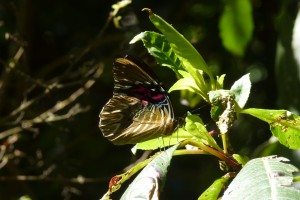 Cloud-forest Monarch, Anetia thirza
Cloud-forest Monarch, Anetia thirza
Shortly afterwards, having made our painful way slowly upwards, we found ourselves in a promising-looking patch of bamboo forest, and it is in areas of bamboo that my holy grail, the Satyrid butterfly Drucina championi, is supposed to live. We hunted high and low (literally), but to no avail. There were plenty of other butterflies around, but none that really even approached D. championi in appearance. Onwards we climbed, my legs protesting strongly at this hard treatment so soon after San Pedro, and eventually we turned off on a more level track towards the Mirador de la Laguna, from where we began a dramatic descent by means off a series of 570 broad (and in some cases steep) wooden steps, all the way down into the crater to the lake.
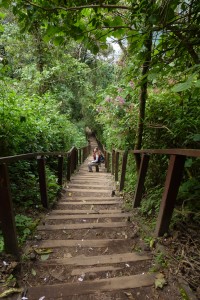 A short section of the horrendous staircase
A short section of the horrendous staircase
The Laguna de Chicabal is located at an altitude of 2712 metres above sea level (the lip of the crater must be at around 3000 metres, and as well as harbouring a number of sacred Mayan sites, is an important area for wildlife. Perhaps, apart from its serene beauty, what made the lake especially interesting for me was that it is SURROUNDED by bamboo forest, and I feel it could so easily be a place where Drucina championi might be found.
Sadly, if that were the case, it was not to be today that we were going to find it. The clouds rolled into the crater, and, although they later dissipated, butterflies were no longer to be seen at all. We did spot one Belted Kingfisher, but remarkably little else. Nevertheless, this enchanting place was well worth visiting, and perhaps it may yet yield the elusive Drucina championi as a part of its fauna at a future date.
 Self hunting for Drucina championi
Self hunting for Drucina championi
Finally, we had to sum up the courage to ascend the 570 steps all over again! I thought I was never going to make it up this stairway!
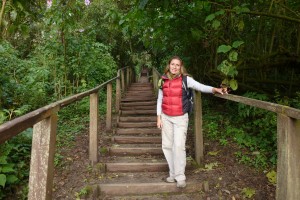 Luisa preparing herself for the ascent
Luisa preparing herself for the ascent
So, another Drucina hunt ended fruitlessly. I wonder if I shall find it. Time will tell!


